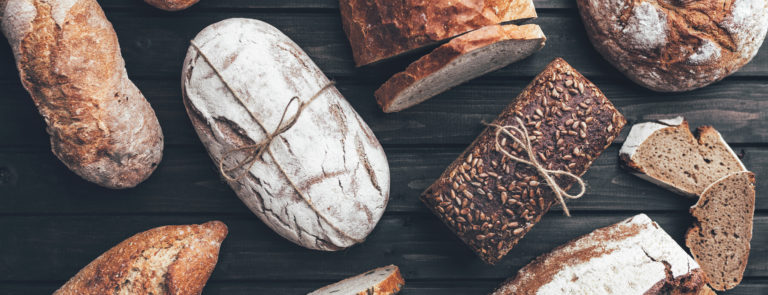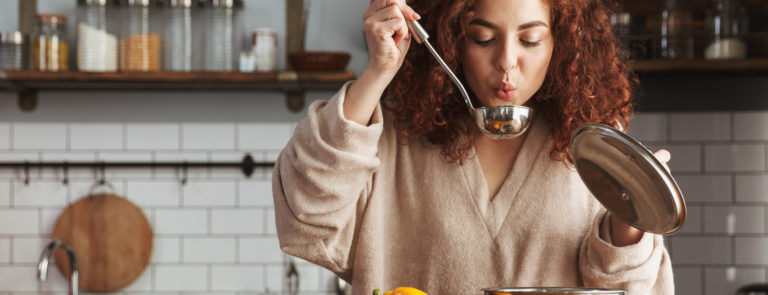10% off £35
Your ultimate guide to vegan chocolate
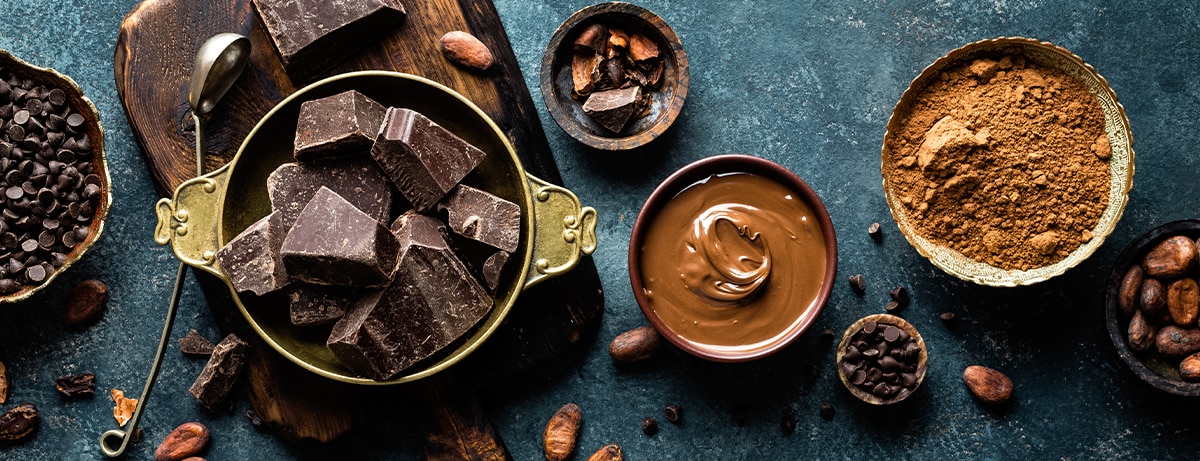
Vegan…chocolates?
No, you aren’t dreaming. You’ve read right, and there’s actually a whole section of our website dedicated to nothing but vegan chocolates.
In a world where dietary preferences are ever-evolving, the demand for delectable vegan alternatives to our favourite treats continues to soar.
Whether you're a seasoned vegan, curious foodie, or looking to cut out dairy, this article will be your gateway to exploring the diverse and mouth-watering world of vegan chocolate.
From velvety dark cocoa delights to luscious white chocolate alternatives, we'll delve into the exciting variations and brands that cater to every vegan chocolate lover's desire.
If you didn’t have a chocolate craving at the start of this article, we can guarantee you will have by the time you reach the end of it…
Skip to: What is vegan chocolate? | Common ingredients to avoid | What is vegan chocolate made from? | Which chocolates are vegan? | How to make your own vegan chocolate | 14 best vegan chocolate products | Chocolate FAQs
What is vegan chocolate?
Vegan chocolate is a type of chocolate that is made without any animal-derived ingredients, including milk.1
Traditional chocolate typically contains milk solids or milk fat, which makes it unsuitable for those following a vegan diet, as vegans avoid all animal products.2
Any chocolates made from animal products aren’t classed as vegan, and the use of milk is one of the main signs chocolate isn’t suitable for vegans to tuck into.
Non-vegan chocolate ingredients to avoid
Non-vegan chocolate ingredients to avoid
The following ingredients are not vegan friendly in chocolates:3
- Milk
- Milkfat
- Milk solids
- Other milk derivatives – casein, whey protein isolate
- Shellac AKA confectioner’s glaze
- Lecithin from animal sources


What is vegan chocolate made from?
Chocolate is made using cacao beans which are found on cacao trees (Theobroma cacao), meaning chocolate in its ‘raw form’ is vegan friendly as it’s a plant-based food.4
To make chocolate products such as bars, truffles, cakes etc. animal and dairy ingredients are often added such as milk products, butter and eggs.5
To create vegan chocolate, manufacturers replace dairy ingredients with plant-based alternatives. Common substitutes for milk solids or milk fat include:6
- Plant-based milk: Non-dairy milk like almond milk, soy milk, coconut milk, oat milk, or rice milk can be used to replace regular cow's milk.
- Cocoa butter: This is a natural fat extracted from cocoa beans and is used in many vegan chocolate products to provide the creamy texture.
- Coconut oil: Sometimes used as a substitute for cocoa butter, coconut oil adds richness to the chocolate.
- Nut butters: Almond butter, peanut butter, or other nut butters can be incorporated into the chocolate for flavour and texture.
- Soy lecithin: Often used as an emulsifier to keep the ingredients mixed together, it's derived from soy and is a common component of vegan chocolate.
Is cocoa butter vegan?
Is cocoa butter vegan?
The name may be deceiving but cocoa butter is naturally free of dairy, eggs, honey and other animal-derived ingredients.
Cocoa butter is a type of fat that comes from cocoa beans.7
Beans from the cacao plant are roasted, stripped and then pressed to separate out the fat, which is how we get cocoa butter.7
So, seeing cocoa butter listed in the above products may have concerned you, however, you can have peace of mind that cocoa butter is 100% vegan.
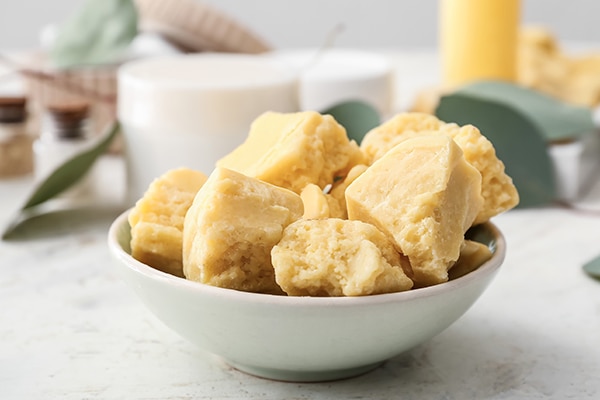

Which chocolates are vegan?
Most types of milk and white chocolate are made with all or some of the ingredients above, making it strictly off-limits for vegan chocolate lovers.8
Only chocolate that’s been made using zero dairy products and hasn’t become contaminated by manufacturers using the same machinery to make vegan and non-vegan chocolate can be classed as vegan.
It is possible to get vegan ‘milk’ chocolate, provided the chocolate hasn’t been made with dairy milk, but a plant-based milk alternative, such as coconut, instead.
Lecithin can also be animal or plant-based; the soy and sunflower versions of it are vegan-friendly.9
Is all dark chocolate vegan?
Now that’s a good question! No, unfortunately not all dark chocolate is vegan.
While dark chocolate typically contains a higher percentage of cocoa solids and less milk than milk chocolate, some dark chocolate products still include milk or other non-vegan ingredients.10
Vegan dark chocolate will usually explicitly state that it is dairy-free or vegan on the packaging. Alternatively, you can always check the product's ingredients list on the packaging. Look for any dairy-related ingredients like milk solids, milk fat, or whey, as well as other non-vegan additives.
Some dark chocolates may also contain animal-derived additives like honey, gelatine, and certain food colourings or flavourings.
If you’re vegan, it’s best to presume that most dark chocolate isn’t vegan at first glance (sorry, but it’s really best to err on the side of caution when it comes to chocolate).
How to identify vegan dark chocolate
How to identify vegan dark chocolate
Spotting vegan dark chocolate is relatively easy, you just need to look out for the vegan label. Brands that produce vegan dark chocolate use ingredients that are mostly or entirely plant-based!
Most plant-based dark chocolate carries a vegan label, however, do keep an eye out for ‘may contain milk’ statements as there could be a risk of cross-contamination during the manufacturing process.
If you are choosing to eat vegan chocolate to avoid consuming dairy due to a milk allergy or lactose intolerance, we would advise opting for certified ‘Dairy Free’ chocolate instead.
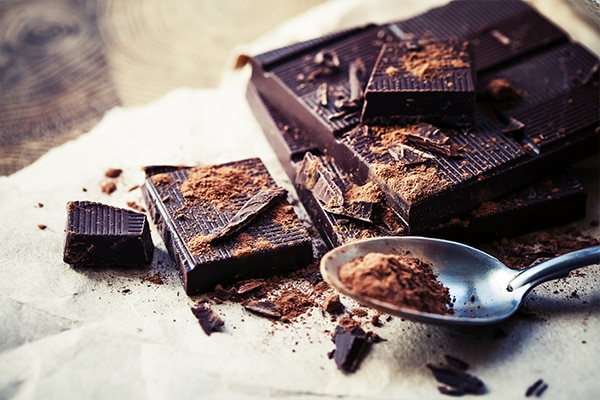

Another little tip to remember when buying dark chocolate…
The percentage of cacao tells you how much cacao is in the chocolate bar. Where possible, try to choose dark chocolate that contains between 55 and 85% cacao.
Is white chocolate vegan?
Just like dark chocolate, most white chocolate is not suitable for vegans due to the reasons mentioned earlier. Nevertheless, vegan versions of white chocolate do exist, and you can even make it yourself without requiring many ingredients.
Legally, for a product to be classified as white chocolate, it must contain 3.5% milk fat and 14% milk solids. So, any white chocolate that lacks milk cannot officially be labelled as such.11
The main ingredient in vegan “white chocolate” alternatives is cocoa butter, followed by powdered sugar, rice powder (not milk powder), salt and vanilla extract.12
How to make your own vegan chocolate
If you like the idea of making your own vegan chocolate, then you’re in luck, because there are lots of vegan chocolate recipes out there.
Here are a couple of our favourite vegan chocolate recipes:
Ingredients list
- 1 cup melted coconut oil
- 1/2 cup coconut cream (room temperature or warm)
- 1/2 cup raw cacao powder or unsweetened cocoa powder
- 1/4 cup coconut sugar, powdered
- 1 pinch sea salt
- 1/4 tsp vanilla extract
- Cacao nibs (for the topping)
Method:
- Put the melted coconut oil, coconut cream, cacao or cocoa powder, powdered coconut sugar, a pinch of salt, and vanilla into a blender.
- If required, add more salt to taste, coconut sugar for sweetness, more vanilla to enhance the chocolate flavour or more cacao/cocoa powder for a more intense flavour.
- Pour the mixture into moulds or cupcake cases.
- Freeze them (this takes around 30 minutes). Keep in the fridge or freezer for up to a month.11
Ingredients list
- 1/2 cup raw cacao powder
- 1/2 cup cacao butter, chopped
- 3 tbsp pure maple syrup
- Pinch of unrefined sea salt (optional)
Method:
- Fill a small pot 1/4 full of water and boil. Reduce the heat to a simmer and put a heat-resistant bowl inside the pot.
- Make sure the bottom of the bowl doesn’t touch the water.
- Chop the cacao butter into small chunks and place in the bowl. Once the cacao butter has melted, remove the {hot) bowl and leave to cool.
- Add the cacao powder and mix well until there are no lumps. Add the maple syrup and salt and stir.
- Pour the melted chocolate into moulds or the bottom of a small square/rectangular dish lined with parchment paper.
- Freeze for about 10 minutes or refrigerate for 30 minutes.12
Where can I buy vegan chocolate?
Where can I buy vegan chocolate?
Don’t fancy making your own vegan chocolate just yet?
That’s fine, you can buy some instead! You can purchase it online and from most stores these days, including Holland & Barrett.
The choice is vast and we happen to stock some incredible vegan and dairy free chocolate brands, including NOMO, Vego, Love Raw, Doisy & Dam and Raw Halo!
Choose between honeycomb slabs, dark chocolate bars, chocolate drops, truffles, and more…
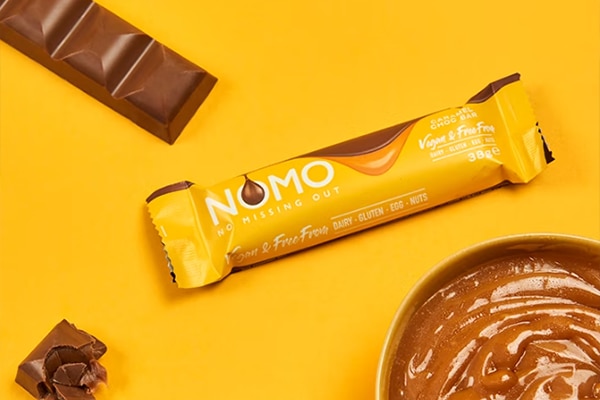

FAQs
Organic chocolate is more than just a label. It’s a sign organic chocolate has been subject to legal regulations that protect the planet’s soils and ecosystems — and you, too.13
Organic farmers create healthy, living soil and manage weeds and pests using natural methods, while organic processors only use natural colours and substances: ensuring your chocolate is of the highest quality and has been made in a way that supports wildlife, soils and the climate.13
Organic certification isn’t given lightly. All organic farms and food companies are thoroughly inspected at least once a year.14
What’s more, The Soil Association sets higher standards than the legal minimum for organic production, too.15
This means chocolate manufacturers that meet its standards must go even further on issues like additives, processing aids, packaging and maintaining organic integrity.
As a result - when you buy organic chocolate that’s Soil Association-certified, you know its makers have gone that extra mile to produce a tasty treat that can be trusted.
Fairtrade chocolate is designed to make a difference in the lives of cocoa farmers and their families around the world.16
Life is tough for cocoa farmers. The price of cocoa beans has slumped in recent years, despite high demand.
Disease and age are damaging cocoa trees and few young people are becoming cocoa farmers because of the poor prospects.
Fairtrade products, such as chocolate, help to make cocoa farming in places like the Ivory Coast and Ghana more sustainable by guaranteeing minimum prices and providing a Fairtrade Premium to invest in local communities, so farmers can provide a better future for themselves and their families.
Every time you buy a bar of Fairtrade chocolate, you are supporting farmers and their communities.
A few final words about vegan chocolate…
If you’re vegan, you don’t have to forego your beloved chocolate because there are so many incredibly satisfying vegan chocolate treats available today.
The best way to know if a product is vegan is by checking the label! Ideally, you want to stick with vegan-certified products to make sure the chocolate you buy is 100% vegan. Always keep an eye out for trace warnings in case there is a chance of cross-contamination.
Alternatively, if you’re feeling particularly crafty, you could always have a go at making your own! It’s pretty simple and only requires a few ingredients.
We don’t know about you but we’re feeling a bit peckish after that…
1. https://www.vegansociety.com/go-vegan/definition-veganism
2. https://nunuchocolates.com/whats-in-your-chocolate-the-importance-of-milk-solids/
3. https://www.veganfriendly.org.uk/is-it-vegan/chocolate/
4. https://www.ncbi.nlm.nih.gov/pmc/articles/PMC8470865/
5. https://readcacao.com/how-is-chocolate-made/
6. https://damecacao.com/dairy-free-chocolate/
7. https://www.worldcocoafoundation.org/wp-content/uploads/files_mf/tan2008.pdf
8. https://www.ncbi.nlm.nih.gov/pmc/articles/PMC4696435/
9. https://nationallecithin.com/2021/07/sunflower-lecithin-vs-soy-lecithin-whats-the-difference/
10. https://www.hsph.harvard.edu/nutritionsource/food-features/dark-chocolate/
11. https://www.legislation.gov.uk/uksi/2003/1659/schedule/1/made
12. https://lovingitvegan.com/vegan-white-chocolate/
13. https://ofrf.org/resources/organic-faqs
14. https://www.soilassociation.org/certification/food-drink/what-is-organic-certification/
15. https://www.soilassociation.org/take-action/organic-living/what-is-organic/organic-chocolate/
